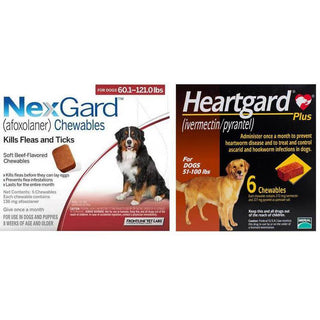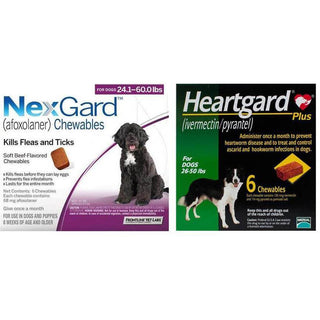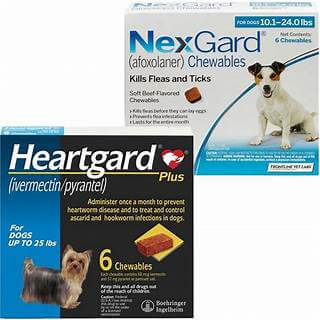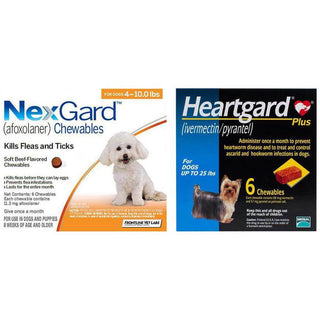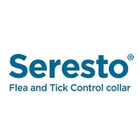
Pork is a popular meat that many dog owners enjoy eating themselves, so it’s natural to wonder — can dogs eat pork safely? While pork can be a source of protein, it’s not always suitable for every dog or in every form. Understanding how pork affects your dog’s health and how to prepare it safely is key to keeping your furry friend happy and healthy.
In this guide, we’ll explain the benefits, risks, safe preparation methods, and recommended serving tips for feeding pork to your dog.
🥩 Is Pork Safe for Dogs?
Yes — dogs can eat plain, cooked pork in moderation. Pork is rich in protein, essential amino acids, and B vitamins that support muscle growth and energy levels. However, not all types of pork are safe to eat. Processed pork products, such as sausages, bacon, and ham, contain salt, preservatives, and spices that can harm your dog’s health.
To put it simply:
- ✅ Safe: Plain, cooked pork without seasoning or additives
- ❌ Unsafe: Bacon, ham, sausages, deli meats, or anything seasoned
⚠️ Why Raw or Undercooked Pork Is Dangerous
Raw or undercooked pork can carry parasites such as Trichinella spiralis, which causes trichinosis — a severe infection that can affect both dogs and humans. Cooking pork thoroughly kills these parasites, making it safer for consumption.
Symptoms of trichinosis in dogs may include:
- Muscle stiffness or pain
- Vomiting or diarrhea
- Lethargy
- High fever
If your dog shows these symptoms after eating raw meat, contact your veterinarian immediately.
🧂 Avoid Seasonings, Spices, and Sauces
When preparing pork for your dog, avoid using salt, garlic, onion, and seasoning mixes. These ingredients can be toxic to dogs, even in small amounts.
- Garlic and onion powder can damage red blood cells and cause anemia.
- Excessive salt intake can lead to dehydration or sodium ion poisoning.
- Spices and marinades may irritate your dog’s stomach or trigger vomiting.
Always keep your dog’s pork plain, unseasoned, and cooked through.
🍖 Benefits of Pork for Dogs
When fed correctly, pork can offer some health benefits for dogs:
- High-quality protein: Supports strong muscles and tissue repair.
- B vitamins: Especially B6 and B12, which aid metabolism and brain function.
- Zinc and phosphorus: Support bone strength and immune system health.
- Great flavor: Many dogs love the taste of pork, making it useful for picky eaters.
However, these benefits are best enjoyed in moderation and as part of a balanced diet.
🚫 Risks of Feeding Pork to Dogs
While pork has nutritional value, there are some potential downsides to consider:
- High fat content: Pork, especially cuts like belly or shoulder, is high in fat. Too much fat can lead to pancreatitis, obesity, and digestive upset.
- Processed pork: Products like ham and bacon are full of salt, nitrates, and preservatives that can harm your dog’s organs over time.
- Bones: Cooked pork bones tend to break into sharp fragments, posing a risk of choking or serious internal damage to your dog. Always remove bones before feeding.
- Allergic reactions: Though rare, some dogs are allergic to pork. Start with small portions and monitor for itching, ear infections, or diarrhea.
🐾 How to Feed Pork Safely to Your Dog
If you decide to give your dog pork, here’s how to do it safely:
- Cook thoroughly: Boil or bake the pork until it is fully cooked, with no pink parts remaining.
- Skip oil and seasoning: Avoid salt, spices, or sauces.
- Remove bones and fat: Trim visible fat and ensure no bones are left behind.
- Cut into small pieces: Make it easier for your dog to chew and digest.
- Serve in moderation: Pork should be an occasional treat, not a daily meal.
🍽️ How Much Pork Can Dogs Eat?
Portion size depends on your dog’s weight and overall diet.
As a general guideline:
- Small dogs (under 10kg): 1–2 small cubes (20–30g)
- Medium dogs (10–25kg): 2–4 small cubes (40–60g)
- Large dogs (25kg+): 3–5 cubes (70–100g)
Pork should not make up more than 10% of your dog’s daily calorie intake.
🩺 What to Do If Your Dog Eats Processed Pork or Bones
If your dog accidentally eats bacon, ham, or cooked bones, monitor closely for:
- Vomiting or diarrhea
- Lethargy
- Swollen belly or pain
- Difficulty breathing or choking
If your dog exhibits any of these signs, contact your veterinarian immediately. Cooked bones may break into sharp pieces and harm internal organs, and excessive salt or fat consumption can lead to pancreatitis.
🐶 Can Dogs Eat Pork Fat or Crackling?
No. Pork fat and crackling may seem like harmless treats, but they are too greasy and salty for dogs to consume. High-fat foods can overwhelm your dog’s digestive system and lead to pancreatitis — a painful, life-threatening condition.
Stick to lean pork cuts, such as tenderloin or loin chops, and remove all visible fat before cooking.
💡 Healthier Protein Alternatives to Pork
If you’re looking for safer and leaner proteins, consider:
- Chicken – easy to digest and low in fat
- Turkey – packed with high-quality protein and essential amino acids
- Fish – full of omega-3 fatty acids for skin and coat health
- Lamb – a good option for dogs with food sensitivities
These meats offer similar benefits without the high-fat risk that comes with pork.
🐕 Final Thoughts: Can Dogs Eat Pork?
Yes, dogs can eat plain, cooked pork occasionally as a source of protein and variety of flavors. However, it must be adequately prepared — unseasoned, fully cooked, and served in moderation. Avoid processed, fatty, or raw pork to prevent digestive or health issues.
If you’re uncertain, it’s always best to check with your vet before introducing any new food into your dog’s meals.


